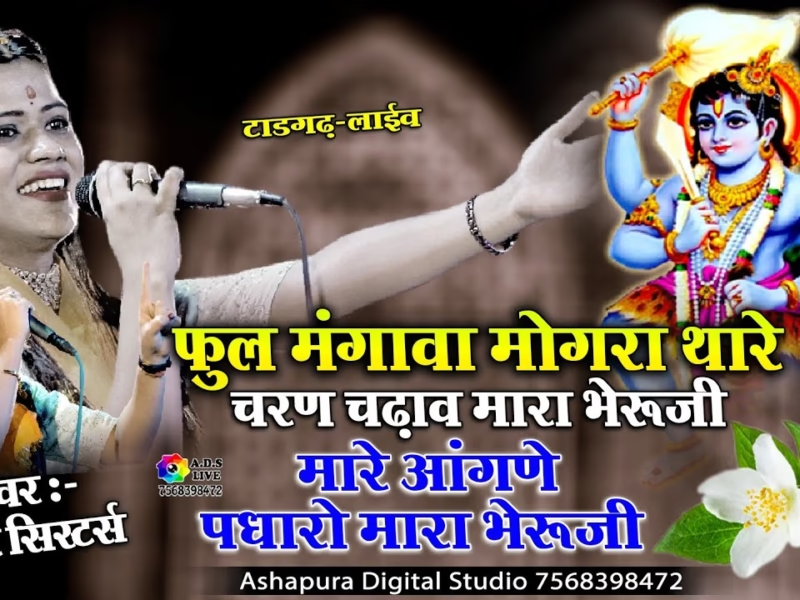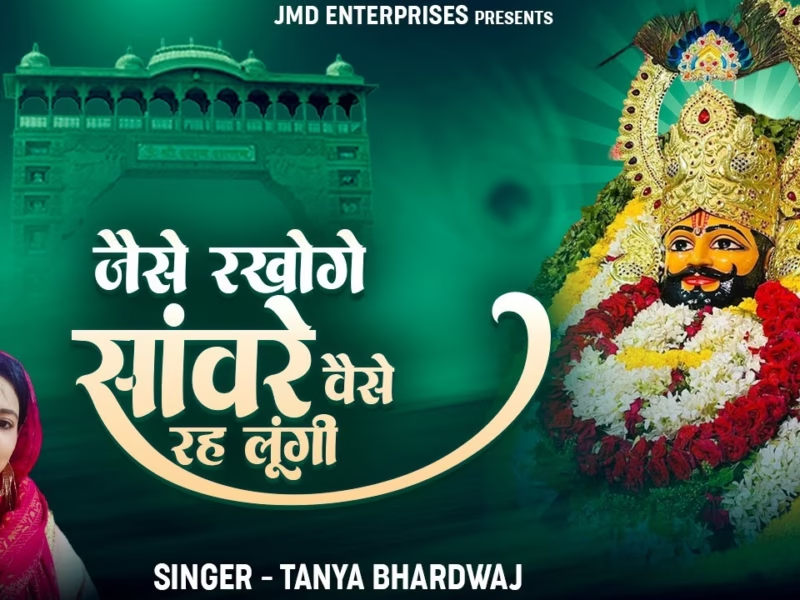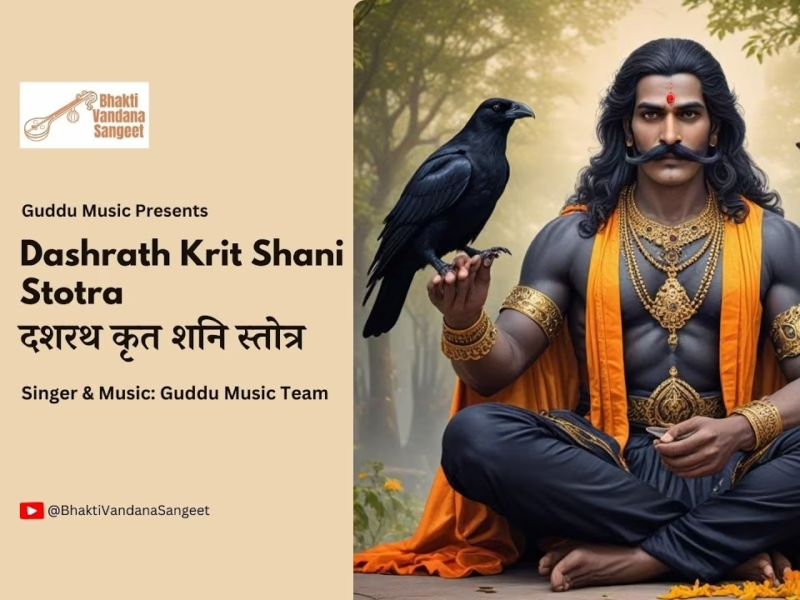Published by The Theosophical Publishing House, Chennai
Om ! That (Brahman) is infinite, and this (universe) is infinite.
The infinite proceeds from the infinite.
(Then) taking the infinitude of the infinite (universe),
It remains as the infinite (Brahman) alone.
Om ! Let there be Peace in me !
Let there be Peace in my environment !
Let there be Peace in the forces that act on me !
1. The mind alone is the cause of bondage and liberation of the people; (the mind) attached to the objects of the senses leads them to bondage; freed from the objects it leads them to liberation. (Thus) it has been declared.
2. If that attachment of the mind of a person to the objects of the senses is directed towards Brahman, who shall not be liberated from bondage ?
3. The mind (chitta) alone is worldly life; hence it should be purified with effort. As the mind is, so he becomes. This is the eternal secret.
4. One who knows not the Veda realizes not that omnipresent One (Brahman); one who knows not Brahman reaches not that supreme abode. He who realizes that the omnipresent god (Vishnu), the omniscient one, the prop of all (Vasudeva) (is himself), that sage, seer of reality, attains the state of wisdom while living (vipratvam).
5. Then (observing in the four disciplines) those Brahmanas well-versed in the Veda and untouched by desires, who ponder over the eternal supreme Brahman (realize Brahman). (A person desiring liberation) who is quiescent, self-subdued, has renounced all sensory pleasures, is forbearing, well versed in the scripture, is known as equanimous, has discarded the primary desires (for wealth, wife and progeny) and is free from the debts (to the manes, etc.,), coming to realize the Atman, shall live, observing silence, in some stage of life or other as the Kutichaka (or Paramahamsa).
6. Then entering into the final stage of life (i.e. Sannyasa) he may possess five (small) things (matras) as is proper.
7. He should possess as long as he lives (the five things, namely) a three-fold staff (of bamboo), sacred thread, garment consisting of a loin-cloth, sling and holy ring of sacred grass.
8. These fire are the things pertaining to an ascetic (of the Kutichaka order); (to all ascetics the inward possessions are five, namely, the ‘a’, ‘u’, ‘m’, the bindu and the nada constituting Om.) This matra (namely the five constituents) is heard in the Pranava (Brahman). Till the final exit (of the vital breath) the ascetic shall not abandon (the twofold five matras); even at death (the five external matras) shall be buried with him.
9. The sign of Vishnu (i.e. means leading to liberation) is said to be twofold, the external and the internal. If one of them is discarded (the ascetic) is without doubt fallen.
10. The threefold staff is an emblem (leading to) Vishnu; it is a means of attaining liberation by learned Brahmanas as ascetics. It is the extinction of all worldly characteristics – thus runs the Vedic teaching.
11-12. Then indeed, Oh Brahmana, there are four kinds of ascetics, namely Kutichaka, Bahudaka, Hamsa and Paramahamsa. All these bear the signs of Vishnu (i.e. they strive for liberation), wear tuft and sacred thread, are pure in mind, consider their own Self as Brahman, are intent on worship (of God) in the form of pure consciousness, practise muttering of prayers and the principal and secondary disciplines (Yama and Niyama), are of good conduct and (thus) become exalted. This is declared in a Vedic verse: The Kutichaka, Bahudaka, Hamsa and Paramahamsa ascetics are different in their way of life; all these possess the signs of Vishnu, the external and internal, which are always visible and invisible (respectively). Practising the five devotional acts (yajnas), having penetration into the Vedanta, observing the rites (appropriate to the station in life), resorting to the spiritual lore, abandoning the tree (of worldly life) but having recourse to its root-cause (namely Brahman), renouncing its flowers (of rituals) but enjoying its (true) essence, sporting in Vishnu (i.e. leading the life spiritual), delighting in Vishnu, freed (from external worship), identifying themselves with Vishnu, they realize the omnipresent Vishnu.
13. Worship during the three junctures of the day (Sandhyas) bathing according to capacity, presenting libations of water to the manes, cleansing (i.e. purifying oneself with water), waiting upon (the deities with prayers) – these five devotional acts (the Kutichaka) shall perform till death.
14. With ten Pranavas and seven mystic words (vyahritis) the four-footed Gayatri along with its ‘head’ is the prayer to be recited during the three Sandhyas.
15. The practice of yoga consists of the constant single-minded devoted service of Vishnu, the Guru; non-injuring by word, thought and deed is the devotional act of penance (tapoyajna).
16. It is declared that the devotional act of studying the scripture (Svadhyaya-yajna) consists of reciting the various Upanishads. The attentive reciting of Om offers the (concept of the individual) Self in the fire of the (non-dual) Brahman.
17. The devotional act of possessing spiritual wisdom (Jnana-yajna) is to be known as the very best of all yajnas. (The Paramahamsas) have Jnana (true knowledge) for the (emblematic) staff, Jnana for the tuft and Jnana for the sacred thread.
18. He whose tuft consists of Jnana and the sacred thread too of that (Jnana) has all the characteristics of a Brahmana – thus is the injunction of the Veda.
19. Then indeed, Oh Brahmana, these mendicant monks are as they appear (i.e. unclad, as when they were born). They should desire to remain as a tree, having gone beyond passion, anger, greed, delusion, false pride, pride, envy, ‘mine-ness’ and egotism; and having discarded honour and dishonour, blame and praise; and when cut down (like a tree) they shall not complain. Thus these wise men become immortal here (in this world) itself. This has been said in the Vedic verse: Having taken leave of his kinsmen and son with good will and not seeing them again, enduring the pairs (of opposites, heat and cold, etc.,) and quiescent he shall turn eastward or northward and proceed on foot.
20-22. (Equipped with) a (water) vessel and staff, seeing four cubits of ground alone before him, wearing sacred thread and tuft or remaining shaven-headed, having a family (of his body alone), and receiving from people alms unbegged or begged for bare sustenance’ having a vessel made of clay, wood, gourd or strung leaves as originally provided, and clothed with a garment of hemp, silk, grass, a patched one, (deer-)skin or a leafy one strung or unstrung; shaving his head alone at the junction of the seasons without removing hair below and in the arm pits and never the tuft; he shall reside in a fixed place for four months (of the rainy season) during which the inward soul, the omnipresent Purusha (Vishnu) is asleep (in the milky ocean).
23. When (God, Vishnu) has risen (from sleep), the ascetic may reside in one place to carry out his work (such as study, meditation or Samadhi) for the other eight months or he may go about (as a mendicant monk). (During the journey) he may stay (for short periods) in a temple, a hut where the ritual fire is kept, the shade of a tree, or a cave, without attachment and unnoticed by the people. He shall be quiescent like fire when fuel is exhausted and he shall not give or cause trouble to any one anywhere. (On seeing one equal to or inferior to him he shall not shrink nor consider any one existing as different from himself).
24. If a person has realized that he is the Atman non-different from the universal Self, what can he wish for, and to fulfil which desire need he torture his body (by various kinds of austerities) ?
25. A wise-man knowing this (truth) and thus a knower of Brahman shall have this consciousness. He shall not worry himself with many words; for it is only torturing language.
26. Having discerned the knowledge of Brahman he should wish to remain with dispassion (lit. with the innocence of the child); a sage has realized the Atman when he has the lore of Brahman and dispassion.
27. When all desires which cling to the heart have been shed, then the man becomes immortal and he enjoys the (bliss of) Brahman here (itself).
28. Then indeed, Oh Brahman, he who abandons this asceticism which is the highest spiritual life, becomes a child-murderer, a murderer of a Brahmana, a killer of an embryo, a great sinner. He, who abandons this steady life pertaining to Vishnu (i.e. the external and internal discipline in spiritual life), becomes a thief, a seducer of his preceptor’s wife, treacherous to a friend, ungrateful; he is denied all (auspicious) worlds. This has been declared in the Vedic verse – A thief, a drinker of spirituous liquor, a seducer of his preceptor’s wife and one treacherous to his friend get purified by expiation; (but) one who abandons the sign of Vishnu, external or internal, which he was possessing, will never be purified in spite of all his self-exertions.
29. Abandoning the sign of Vishnu-worship, external or internal, he who resorts to his stage of life or no (prescribed) stage at all, or returns (to his former way of living prior to renunciation) – to that great fool (and to people of his kind) there is no liberation seen even in tens of millions of eons.
30. Abandoning all other stages of life a wise man should live for long in the stage of life leading to liberation. There is no liberation possible to one who has fallen from the stage leading to final beatitude.
31. Having embraced asceticism, if one does not remain observing its laws, he is to be known as ‘fallen from grace’ (arudhachyuta) – such is the Vedic injunction.
32. Then indeed, Oh Brahmana, when (a wise man) has embraced this age old spiritual life pertaining to Vishnu and remains without transgressing it, he becomes self-controlled, worthy of being remembered as auspicious, a (true) knower of the world, a knower of the Vedanta, a knower of Brahman, omniscient, self-luminous; he becomes the supreme God Brahman, he redeems from (the misery of) worldly life his ancestors, relations by marriage, (other) kinsmen, associates and friends.
33. When a wise man renounces the world, those belonging to his family become blessed in this world, a hundred generations before him and three hundred generations after him.
34. The scripture says that a very pious mendicant monk redeems thirty generations of his family after him, thirty generations before him and thirty generations after those that follow (the first thirty).
35. The Vedic teaching is that the ancestors of (a wise man) are redeemed if he were to say that he has renounced even while his final breath remains in his throat (i.e. just before death).
36. Hence, Oh Brahmana, wise men have said that this age old lore of the Self, the discipline pertaining to Vishnu, shall not be expounded till one has oneself realized (the goal) and (that) not to one who has not studied the Veda, has not the conviction of the Self, has not freed himself from attachment, has not become pure, has not approached (to receive this of his own accord), and who has not made earnest efforts (to know them). This has been said in a Vedic verse (as well):
Once (Brahma-)Vidya approached (the god) Brahma and said: ‘Guard me, I am your treasure. Do not reveal me to one who is envious, crooked or crafty. Thus shall I be of potent strength’.
37. This discipline of the Atman pertaining to Vishnu (i.e. this lore to realize Brahman) shall be revealed to a person after a careful test as to whether he is of pure conduct, attentive, intelligent, observes celibacy and has approached (the Guru of his own accord for receiving instruction).
38. With those ascetics who have been taught (the scripture) by a Guru and who do not honour him in word, thought and deed, the Guru does not dine; similarly (good ascetics) do not eat the food (from houses where the ill-mannered receive alms). Such is the (injunction of the) scripture.
39. The Guru is the supreme righteousness (Dharma); the Guru alone is the sole means (of liberation). He who honours not his Guru who gives (initiation into) the single syllable (Om which is Brahman) has all his scriptural learning, penance and spiritual wisdom oozed out as water from an unbaked clay vessel.
40. He who has supreme faith in God and the same faith in his Guru is a knower of Brahman, who reaches supreme beatitude. Such is the teaching of the Veda. Thus (ends) the Upanishad.
Om ! That (Brahman) is infinite, and this (universe) is infinite.
The infinite proceeds from the infinite.
(Then) taking the infinitude of the infinite (universe),
It remains as the infinite (Brahman) alone.
Om ! Let there be Peace in me !
Let there be Peace in my environment !
Let there be Peace in the forces that act on me !
Here ends the Satyayaniyopanishad belonging to the Sukla-Yajur-Veda.










